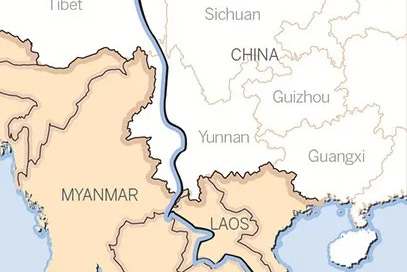A River of Knowledge
A flow of knowledge on Lancang-Mekong demographics including population, migration, resources, poverty and development statistics and articles...
UPDATE: The Long Mekong Weekend edition is a river of knowledge for its growing subscriber base. Today, the Long Mekong dives into social and economic development, population statistics, the deserted Pacific Islands, targeted poverty alleviation, natural resource pressures and pandemic migration. Enjoy your Long Mekong Weekend!




